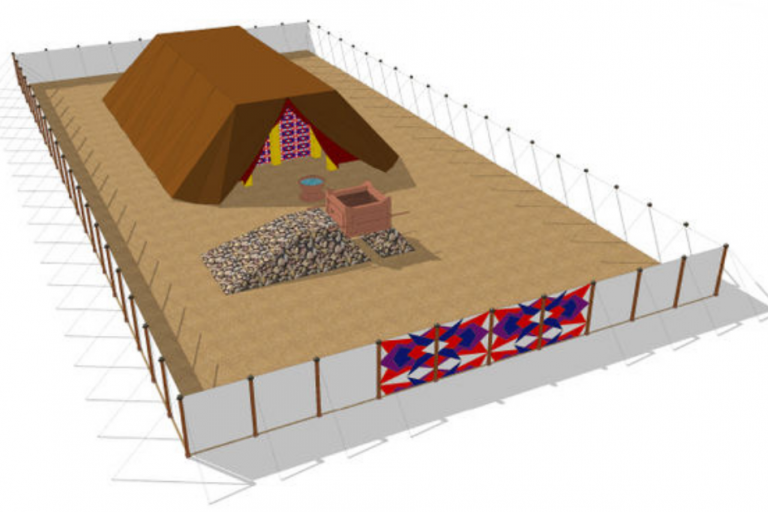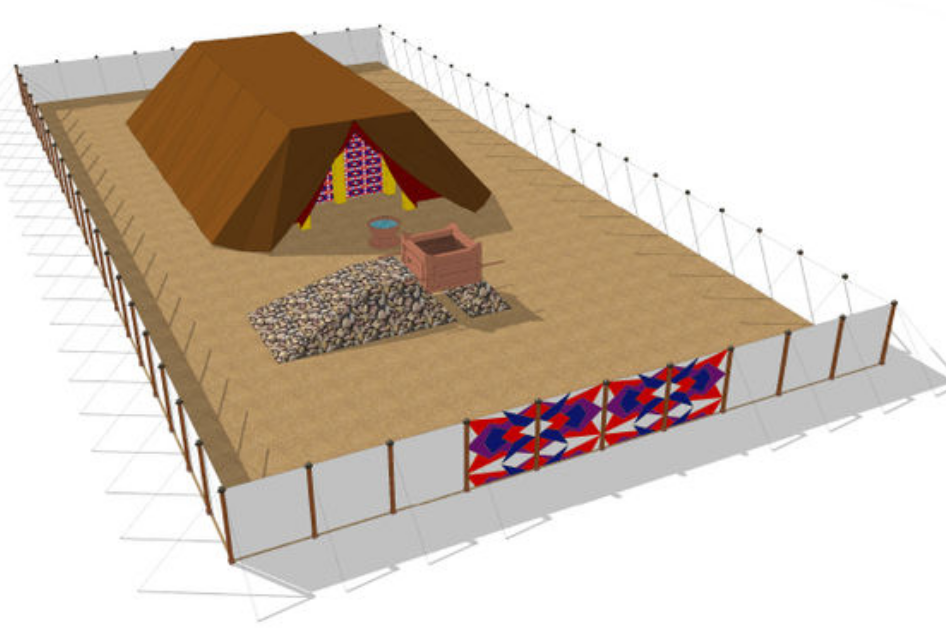 In his Introduction to “Sefer Shemot,” the RAMBAN indicates that one of the central themes in the second of the five Books of Moses is the regaining by the Jewish People of the level of closeness with the Divine Presence that had existed at the end of “Sefer Bereshit,” the first Book, between the Divine Presence and the “Avot” and “Imahot.”
In his Introduction to “Sefer Shemot,” the RAMBAN indicates that one of the central themes in the second of the five Books of Moses is the regaining by the Jewish People of the level of closeness with the Divine Presence that had existed at the end of “Sefer Bereshit,” the first Book, between the Divine Presence and the “Avot” and “Imahot.”
He writes:
“…And this Book was dedicated to the theme of the first Exile that was decreed explicitly, and the Redemption from it…”
“…But that Exile cannot be considered complete until the day that they return to their place and to the level of their forefathers. And when they left Egypt, even though they had left the “House of Bondage,” they were still considered exiles because they were in a strange land, wandering in the desert.”
“But when they came to Mt. Sinai, and they constructed the “Mishkan” and HaShem returned and once again caused His Presence to reside among them, it was then that they returned to the level of their forefathers, who had the secret Presence of G-d upon their tents, and they were the “Chariot” of G-d in the world.”
“And then they were considered “Redeemed,” and therefore this Book ends with the completion of the “Mishkan,” when the Presence of HaShem filled it all the time.”
Contents of the “Mishkan”
In very, very brief detail, the major holy artifacts of the “Mishkan” were as follows:
- The Holy Ark – This contained the Tablets of the Law. On top of it was a gold cover, the Kaporet, and on the Kaporet were the Keruvim, child-like, angel-like golden figures
- The Menorah – The candelabrum, containing seven branches, whose flames were fed by the purest oil of the olive, symbolizing the illumination of the intellect.
- The Table – on which was displayed the “lechem ha-panim,” the “Show-Bread,” that symbolized that all material blessing comes from HaShem.
- The Golden Altar – for the offering of the “Ketoret,” the Holy Incense
- The Earthen Altar – Used for the various korbanot, animal sacrifices and flour sacrifices, that were meant to fulfill various spiritual needs of human beings, from atonement to the expression of gratitude to HaShem
The Initial Construction
In the last verses of the Book of Shemot (40:34-38), the Torah describes HaShem’s response to the initial setting up of the “Mishkan” by Moshe:
“The cloud covered the Tent of Meeting, and the Glory of HaShem filled the Mishkan. Moshe could not enter the Tent of Meeting, for the cloud rested upon it, and the glory of HaShem filled the Mishkan.”
“When the cloud was raised up from upon the Mishkan, the Children of Israel would embark on all their journeys. If the cloud did not rise up, they would not embark, until the day it rose up.”
“For the cloud of HaShem would be on the Mishkan by day, and fire would be on it at night, before the eyes of all the House of Israel throughout their journeys.”

